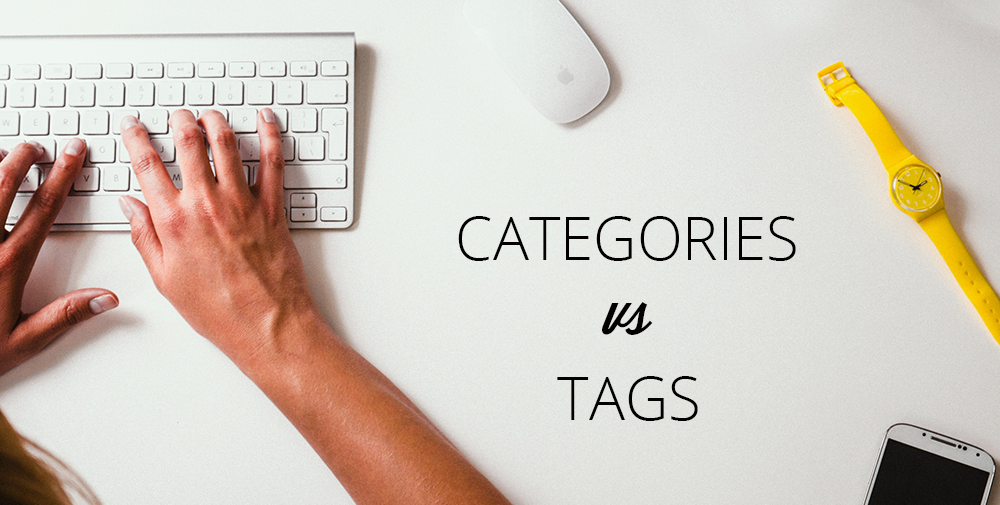
When working with my design clients, much of what we discuss is about the look and feel, understandable right? So much blogging advice on the web is about the design; the right banner, layout, font and spacing. One thing that seems to be misunderstood is when to use categories and tags. I want to try to explain the differences and how good use of categories and tags may assist in SEO and search. I work almost exclusively in WordPress and categories and tags are a feature of WordPress. Most CMS or blogging platforms handle categories and tags in a similar way, so you won’t be disadvantaged if WordPress is not your tool of choice.
“There is no task so great that it cannot be solved by categorisation. Small groups must join forces, larger masses broken down into component parts.”
UPSTAIRS, DOWNSTAIRS
Categories
A category was explained to me as being like the chapters of a book, but I never found this description very helpful – maybe it’s the books I read. I prefer to think of a category as a broad theme for the content you are writing (a blog post). Look over your blog and you’ll see there are topics and areas of interest that you consistently blog about. These are your categories.
My rule of thumb is one category per blog post and I try to have only 8-10 categories that I consistently use. You might find this difficult at first but your readers will thank you and I’ll explain why in the next paragraph. When I started out (in 2007) I went a bit crazy with categories, I think at last count there are about 26 categories in my previously used list. Most of these I no longer use and I stick to my 8-10 rule for a couple of reasons. One, my blog has become more focused over the years and two, I want to improve my blog navigation and SEO.
So how does this help with SEO and navigation? Categories are another way for your readers to navigate your blog. Selecting a category link under a blog post will direct them to a filtered list of every post in that category, searching for a category on your blog will have a similar result. This is really useful if your readers are interested in everything you have written in a category e.g. Design. A category is also metadata (data about data) which adds a descriptive element to your post content. Metadata is a favourite of search engines as it assists them to understand more about your content and therefore helps with search results.
Tags
Tags on the other hand, provide more description to your blog content so use as many as you think necessary to describe the post, just try not to go overboard. In the old days of web this was called keyword stuffing and search engines are not fond of this practice.
Tags will also assist in search and navigation but not to the same extent as categories, unless you are also very restrictive with your tagging. On this blog I like to write about design so I have a design category – makes sense. I have a varied interest in design so I need to be more specific and I might add a tag of ‘web design’ or ‘surface design’ or ‘furniture’ or ‘graphic’ – you get the idea. It is possible that you will use a tag once or twice in the lifetime of your blog and that’s OK. The 8-10 rule doesn’t apply to tags. If I’m sharing the work of someone who inspires me, like in this post, I tag the post with their name or business name and unless I blog about them again I probably won’t use that tag again. From a navigation perspective this isn’t ideal as following a tag link may only produce one result but from a search perspective it’s still metadata and serves to describe your content.
One suggestion for tags is if you use the same tag then use it consistently and don’t create variations on a theme. For example I tag posts with external links with a tag of ‘links’, if I were to start using ‘web link’, ‘site link’ or ‘external link’ then I start to muddy the waters and my SEO and navigation will suffer. As someone once said – “a point in every direction is the same as no point at all’.
I hope this has helped to demystify categories and tags a little. If you have any questions or have made any discoveries that may help others, leave a comment.
Image by Damian Zaleski via Unsplash – free high resolution stock photos